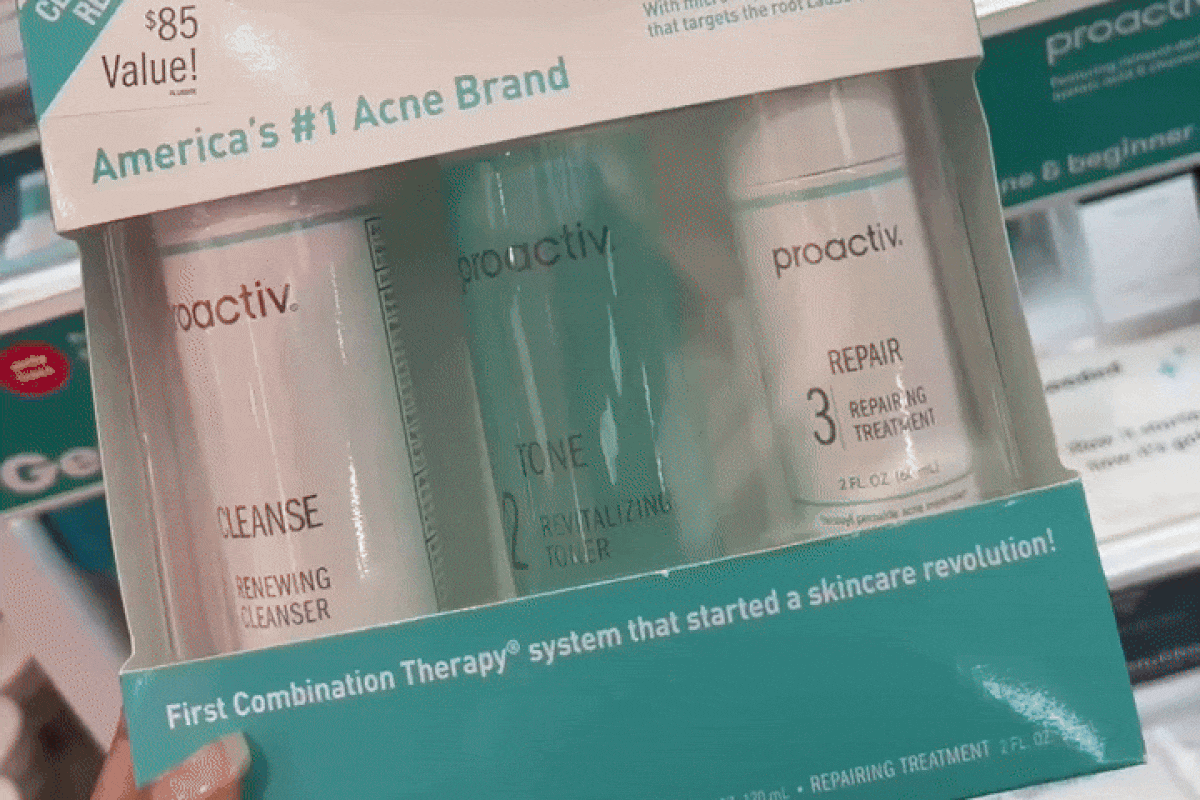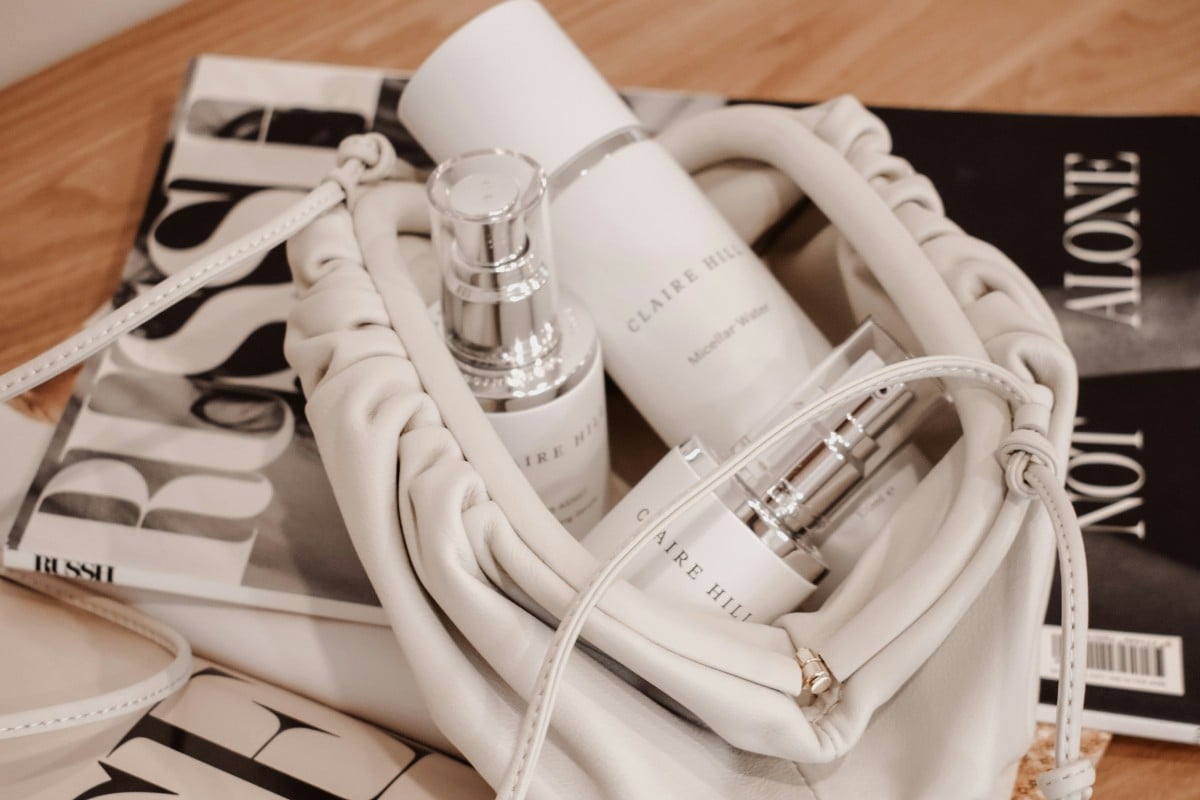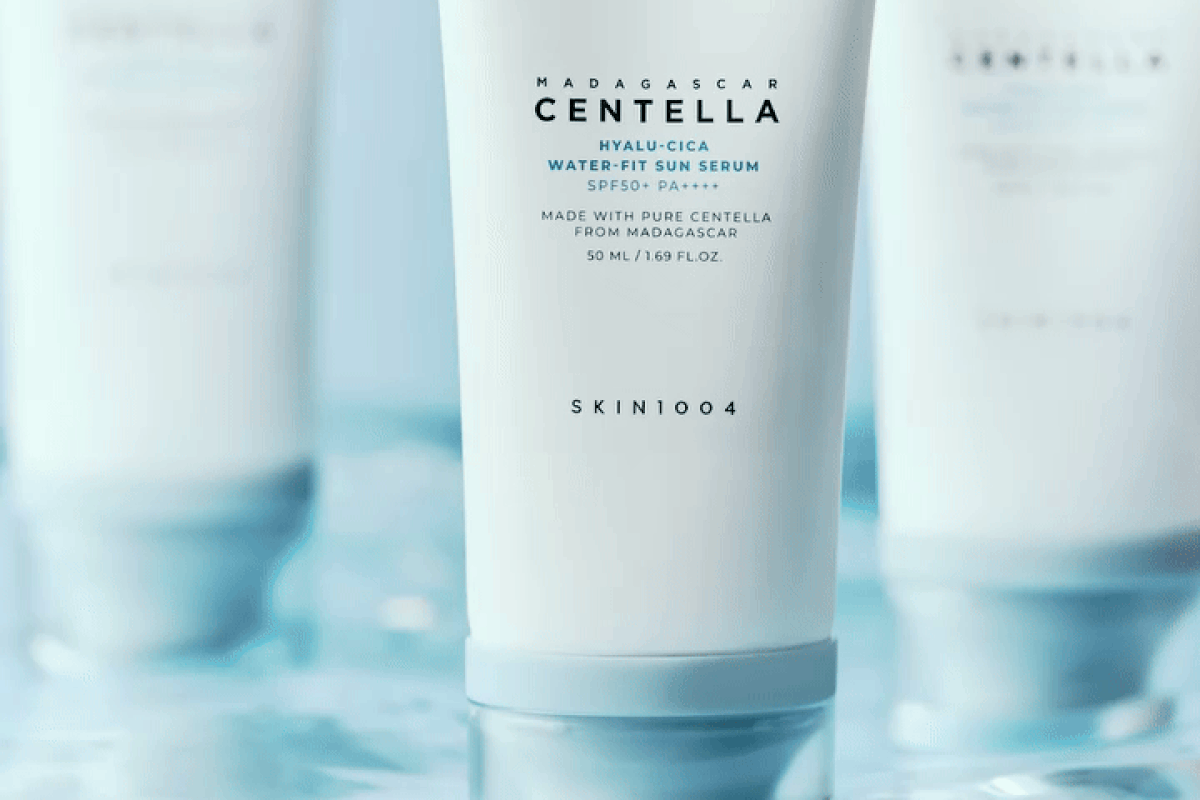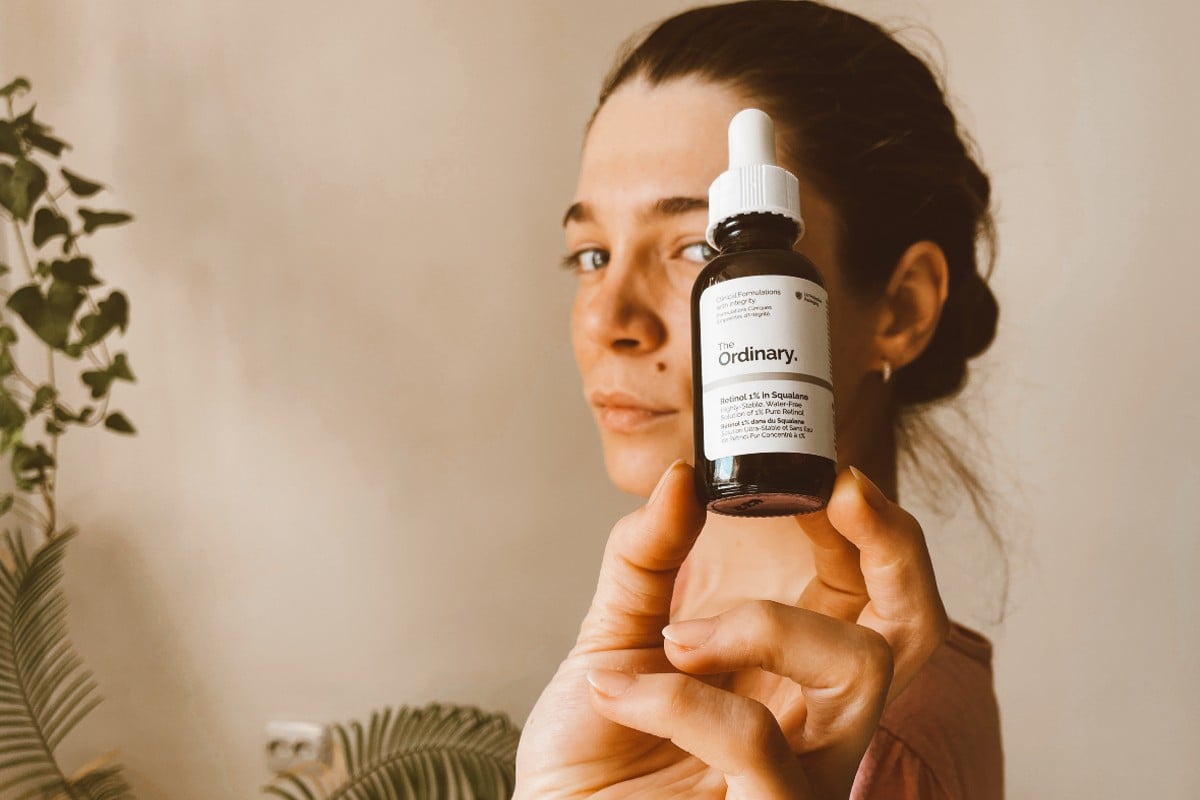Needles to say, I’m a loyal devotee of high-frequency (HF) tools, already mentioned here. Short recap, high-frequency is a popular technique used to treat acne, enlarged pores, excess sebum, fine lines, wrinkles, puffy and dark eyes, and even hair loss. If in the ’90s it became widely popular in salons around Europe and North America, now everybody can purchase such a device to use at home without any risk (as long as it’s used correctly) — but this is why you’re here.
This safe, non-invasive leading treatment for various skin conditions uses targeted thermal energy, great at stimulating cell renewal. When you apply it to your skin, a mild electrical current passes to the gas-filled electrode, emitting a subtle glow and buzzing noise. Generating an enriched form of oxygen, high-frequency wands provide the skin with a healthy and vibrant glow. The heat produced stimulates blood flow and lymphatic drainage inside the skin. Additionally, high-frequency has antibacterial benefits, making it a great tool to use after having a facial or after waxing.
5 High-Frequency Facial Machines & Wands for Wrinkles
Some Don’ts for high-frequency therapy
In case you’re a beginner, the first thing you need to know is you should avoid using the high-frequency wand for too long or in a setting that’s too high. For the entire face, don’t use it for more than 15 to 20 minutes, with 2-3 minutes for each area.
Don’t use a high-frequency device if you’re pregnant, if you have epilepsy or heart disease, or have any metals in your body. For the same reason, every time you utilize your high-frequency device, make sure you take down your accessories if they contain metals. Also, if you have eczema, psoriasis, rosacea, inflammations avoid using a high-frequency tool.
Quit using retinol a week before high-frequency therapy and a few days after. Don’t apply any AHA, such as glycolic acid, when following HF therapy. Also, don’t use anything that contains alcohol as it might irritate your skin or create discolorations.
And now, what you came for.
How to use a high-frequency machine at home
- First, cleanse your face and pat it dry, then layer your favorite serum. A hyaluronic acid serum would do well for all skin types. Anyway, since my skin is oily, I use the Niacinamide and Zinc one, by The Ordinary. Both niacinamide and zinc are great ingredients to use with high frequency.
- Lay a piece of gauze on your face so the tool won’t touch it directly.
- Pick the electrode you want to use, place it over the gauze and turn on the device. Increase the wand’s energy level power a bit until you feel a slight tingling.
- Use circular motions to move the device on your face in small areas for 2-3 minutes, then move to another, and so on. Ideally, use the mushroom tube.
- Most HF kits contain more tubes, and the curved one with a small bulb on top is meant to use in specific areas, like direct on a pimple or wrinkle. When you use this one, do it with slight moves, tapping a spot for 1-2 seconds, lifting it for 2 seconds, then repeating the cycle three times for each zone.
- When you’ve treated your whole face (and neck), turn off the wand and apply a serum — its tiny molecules allow it to sink into the skin.
What can I apply after high-frequency therapy?
Welp, this depends on your skin condition and what you want to achieve, but no one can ever mistake with a hyaluronic acid serum applied after high-frequency therapy. Since the treatment can dry the skin a little bit, a HA serum will come in handy for all skin types, promise. Another role of high-frequency machines is to increase product absorption, so your skin will truly benefit from what you’ll apply after. A serum with peptides or a collagen serum works wonders too! And in case your skin is oily or/and prone to acne, you can opt for a niacinamide serum.
Will I get the same results as with an in-office treatment?
Not really. Since the devices used in salons deliver higher frequency levels, they can only be performed by trained people. The devices meant for home use typically use a low amount of energy compared to in-office ones, thus the results are less dramatic. However, with consistency, you’ll still get that smooth-looking skin.
Are there any side effects of using HF at home?
High-frequency at-home devices are relatively safe, with a few potential side effects, being well-tolerated by all skin types. Rarely, redness, swelling, or tingling may occur after the therapy, but these symptoms usually go away after 24-48 hours. In order to avoid any side effects, you need to know the how-to, which you do now.
To End
TBH, don’t expect your high-frequency device to do everything for you. You still need to hold on to that skincare routine, adapt ingredients to your needs, and wear SPF daily.






